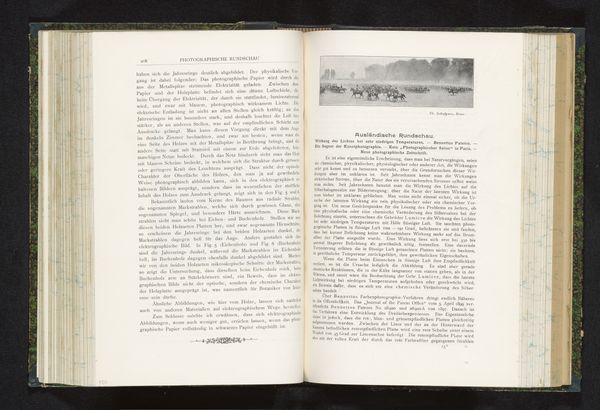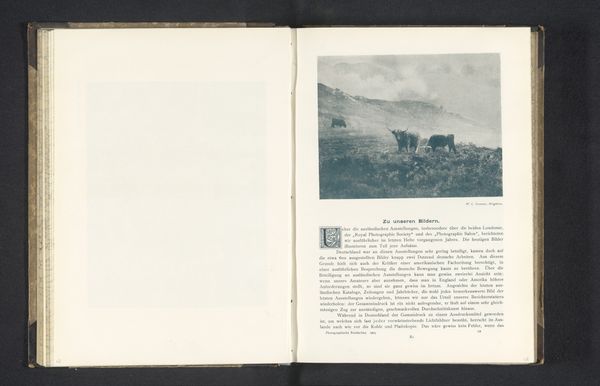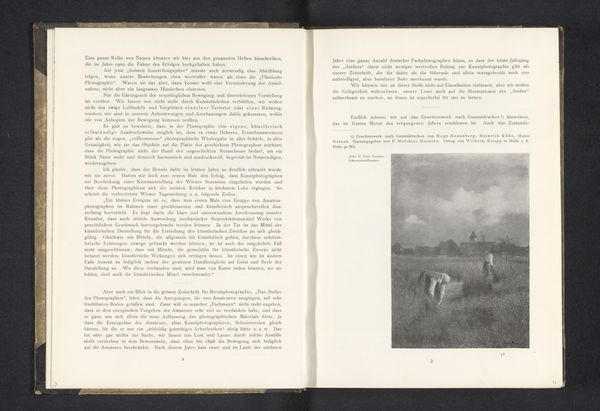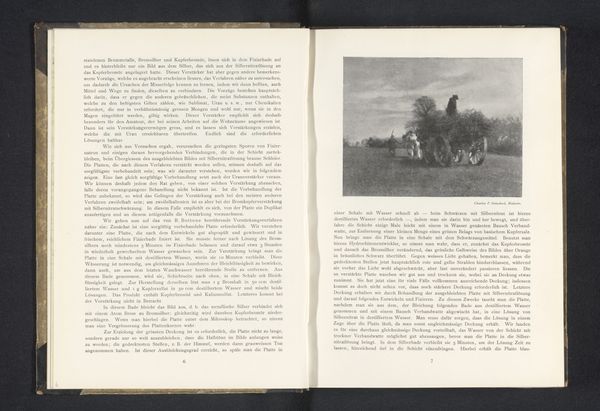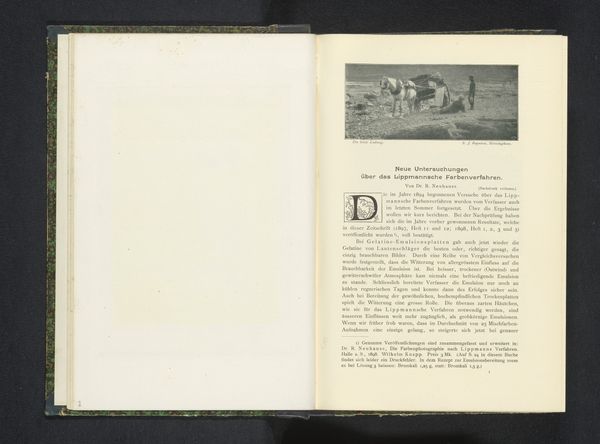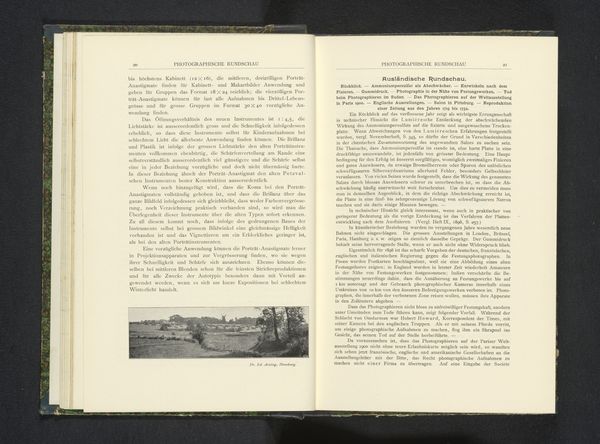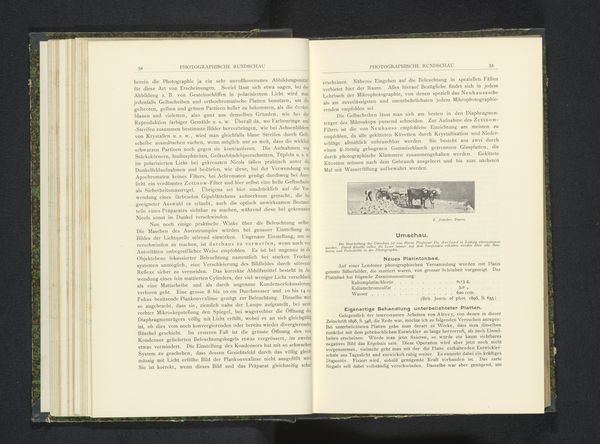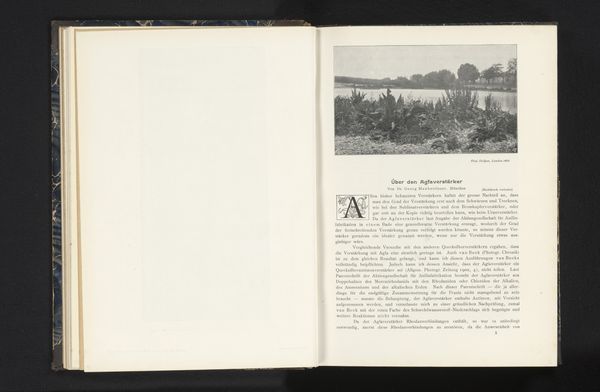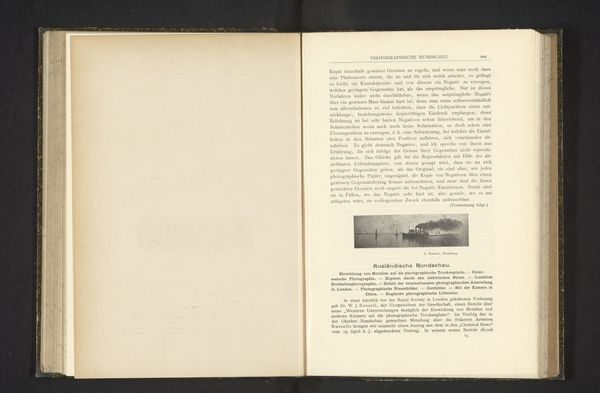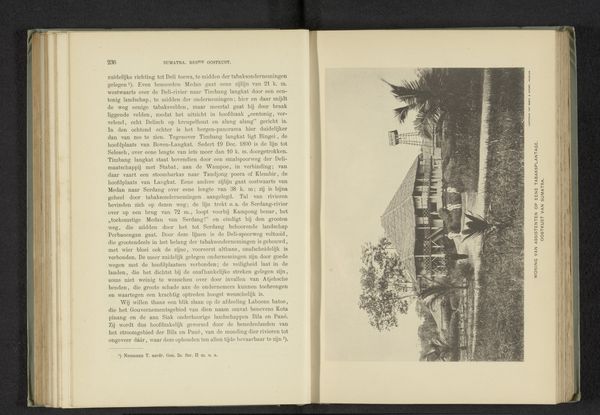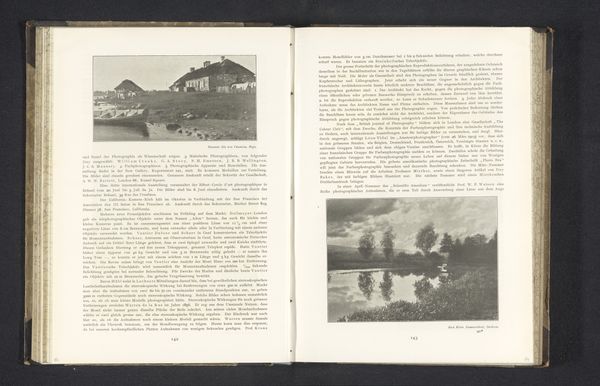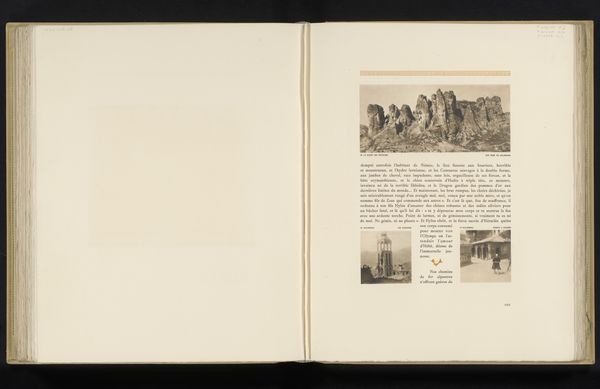
print, photography
#
still-life-photography
#
pictorialism
# print
#
landscape
#
photography
Dimensions: height 87 mm, width 143 mm
Copyright: Rijks Museum: Open Domain
Curator: Let’s discuss “Cows by a Pond,” a photograph that was produced before 1901 by Alexis Mazourine. This photographic print embodies the style known as Pictorialism and blends the genres of landscape and still-life photography. Editor: Ah, yes! The first thing that hits me is this incredible serenity. It's soft, almost dreamlike. It feels… comforting. You can almost smell the earthy dampness coming off of the water, and it’s making me weirdly thirsty! Curator: It's interesting that you say that because the Pictorialist movement to which Mazourine belonged was, in many ways, in dialogue with industrialization. Images like these offered a kind of imagined return to the pastoral in the face of rapid urbanization. Editor: Totally get that. It's definitely giving "escape to the countryside" vibes, a balm for the urban soul, you know? And it’s achieved with what seems to be almost a painterly application of light. I wouldn't have guessed it was a photograph at first glance. The water reflections, they are not super sharp—almost impressionistic! Curator: That softness stems from the Pictorialist aesthetic. This image’s subdued tones, gentle contrasts, and manipulation of focus are all characteristics they embraced. They often experimented with printing processes to achieve effects that distanced their work from the purely mechanical reproduction of images. Editor: It’s cool how this feels like it exists outside of time, isn't it? Cows haven't changed all that much and the focus on atmosphere over detail— it could have been shot yesterday! What speaks to you about it from a social and historical standpoint? Curator: I am compelled to consider how such works also constructed and reinforced notions of ideal, "natural" landscapes, often obscuring the labor and social relations that underpinned them. The romantic gaze towards nature isn’t always innocent. Editor: Hmm. You're right, food for thought, for sure. It's like the photo invites us into a peaceful world, but that invitation also blinds us, or attempts to, from broader historical considerations. I really see what you're saying. Thanks for helping to tune my antennae to some of that background hum!
Comments
No comments
Be the first to comment and join the conversation on the ultimate creative platform.
